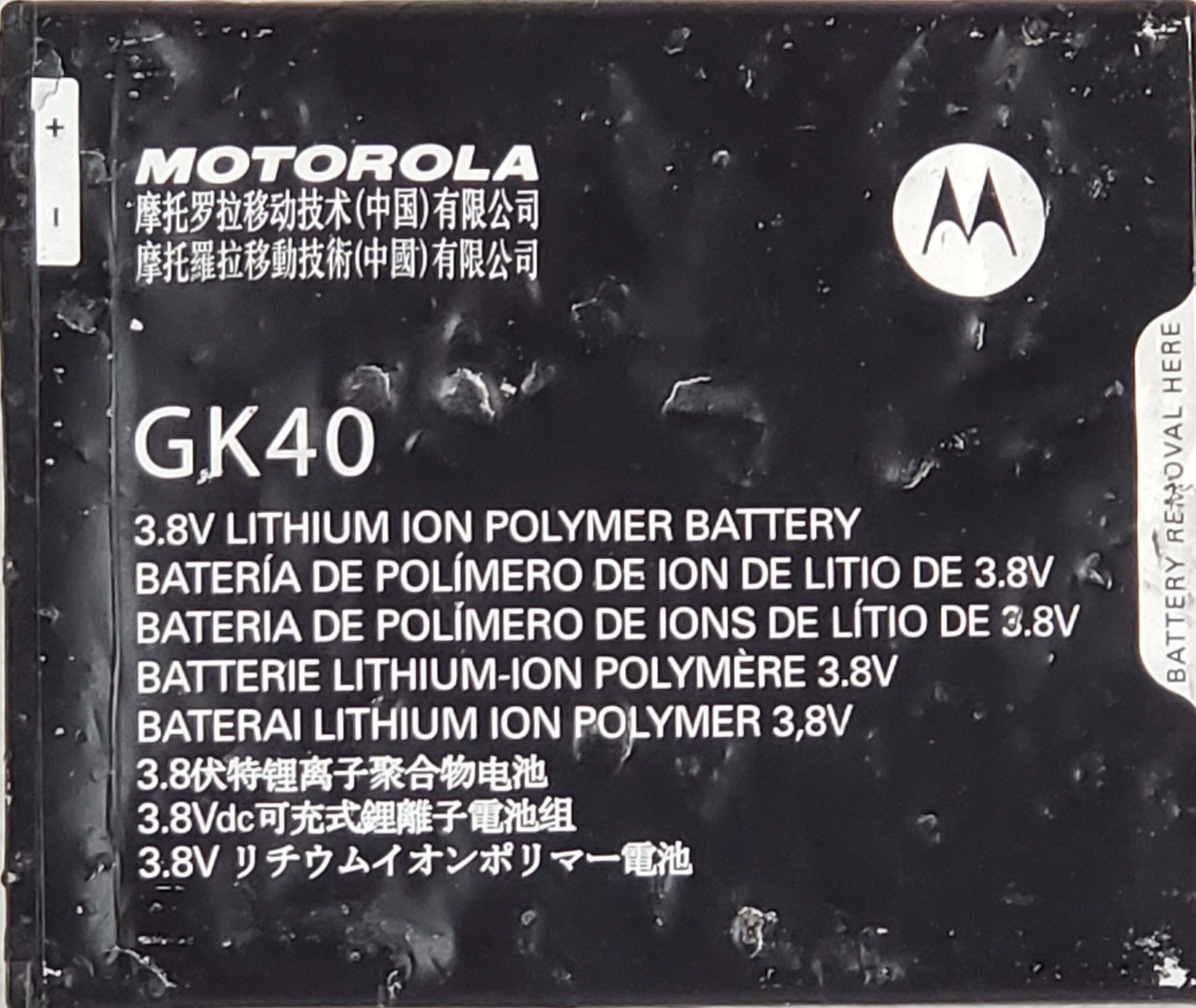A: Maybe.
When discarded, most lithium-ion (secondary batteries) and lithium primary batteries in use today are likely to be hazardous waste due to ignitability and reactivity (D001 and D003, respectively). With the exception of households, the generator of a waste is responsible for determining whether the spent lithium batteries they generate are hazardous waste and, if they are,
how they are to be managed in compliance with Federal and State hazardous waste requirements.
One compliance option is to manage the hazardous waste lithium batteries as a universal waste.
A handler of universal waste may only manage broken or damaged lithium batteries as universal wastes if the breakage or damage does not constitute a breach in an individual cell casing. The definition of battery in 40 CFR 273.9 does not explicitly state that all batteries must be whole; however, the definition includes an intact, unbroken battery from which the electrolyte has been
removed (60 FR 25492, 25504; May 11, 1995).
Additionally, the requirements for handlers of universal waste allow certain management activities, such as sorting and mixing batteries, provided the batteries or cell casings are not breached and remain intact (sections 273.13(a)(2) and 273.33(a)(2)). The disassembly of a battery pack into individual modules or cells with no damage done to the cell casing does not make a battery damaged or defective.
In sum: A DDR lithium cell or battery may be managed as a universal waste as long as the damage does not constitute a breach in the cell casing.
|
Daniels Training Services, Inc. 815.821.1550 |
Damaged, defective, or recalled (DDR) batteries may not be transported by air. In addition, they must comply with specific Department of Transportation (DOT) packaging requirements found at 49 CFR 173.185(f).
